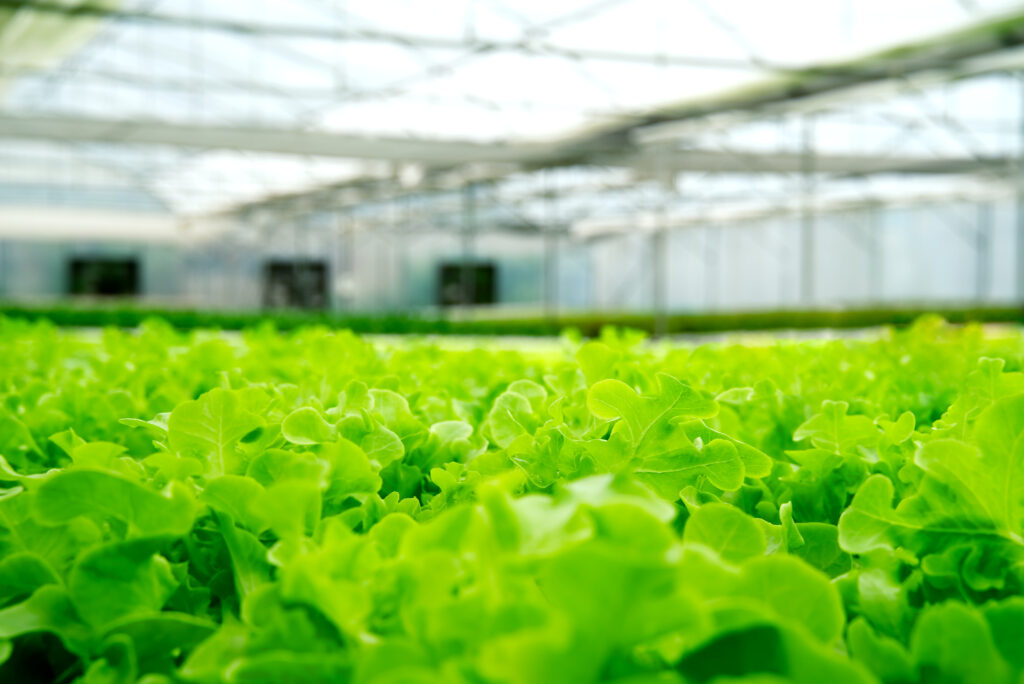Summary of Unravelling the biostimulant activity of a protein hydrolysate in lettuce plants under optimal and low N availability: a multi-omics approach
Biostimulant Activity of a Protein Hydrolysate: Enhancing Growth and Resilience
The biostimulant activity of a protein hydrolysate is gaining recognition as an effective way to improve lettuce growth and increase plant resilience to abiotic stresses. Protein hydrolysates (PHs) act as biostimulants by influencing molecular and physiological processes in plants. This study focused on the effects of a commercial protein hydrolysate and its molecular fractions on lettuce grown under different nitrogen conditions. Using a combined transcriptomic and metabolomic approach, we uncovered how these biostimulants promote growth and stress tolerance. Therefore, understanding these mechanisms is key to optimizing biostimulant formulations for sustainable agriculture.
The analysis showed that treatments with PH and its smallest molecular fraction (PH3) boosted lettuce biomass regardless of nitrogen levels. This increase likely results from hormone-like activity. Indeed, we observed upregulation of genes related to auxin and cytokinin synthesis, along with higher hormone metabolite levels. Moreover, genes involved in cell wall growth and plasticity also showed increased expression. These findings suggest that biostimulants can directly influence growth pathways to enhance plant development.
Antioxidant and Stress-Response Activation by Biostimulant Protein Hydrolysate Lettuce Treatment
Moreover, metabolomic data revealed activation of antioxidant systems, which help reduce oxidative stress. In addition, stress-responsive transcription factors and detoxification genes were also modulated. Together, these coordinated molecular responses likely enhance lettuce resilience under nitrogen limitation.
In conclusion, this study highlights the potential of biostimulant activity of a protein hydrolysate to improve plant growth and stress tolerance. Importantly, the smallest molecular fraction showed similar bioactivity to the whole hydrolysate, suggesting promising avenues for targeted biostimulant use.
Publication: Physiologia Plantarum









